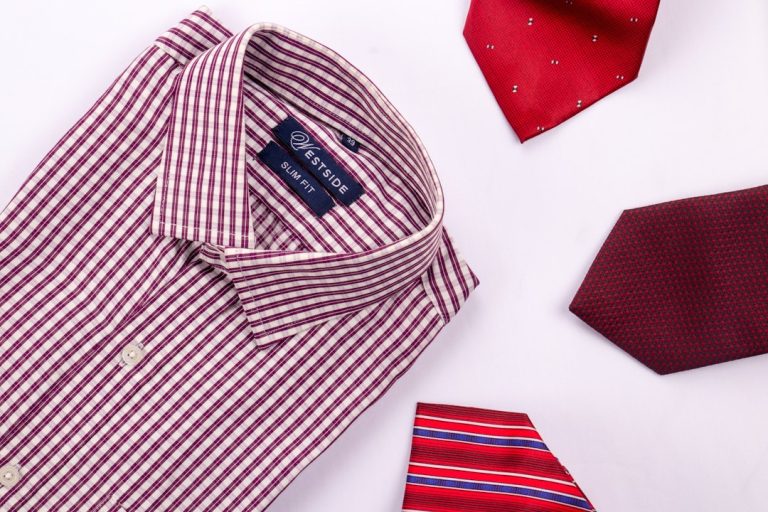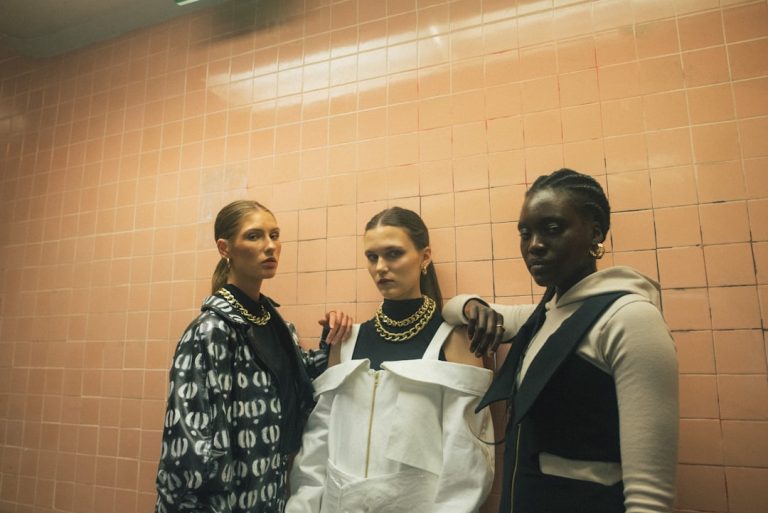From Waste to Wardrobe: The Rise of Eco-Friendly Fashion
In recent years, the conversation around sustainability has infiltrated various sectors, and fashion is no exception. As…
In recent years, the conversation around sustainability has infiltrated various sectors, and fashion is no exception. As consumers become increasingly aware of the environmental impact of their purchases, eco-friendly fashion is transforming from a niche market to a mainstream movement. This article explores the ins and outs of eco-friendly fashion, highlighting why it matters and how you can get involved.
The fashion industry is notorious for its detrimental effects on the environment, with the production of clothing contributing to massive water consumption, pollution, and waste. But there’s hope on the horizon. Eco-friendly fashion, also known as sustainable fashion, aims to address these issues through thoughtful production processes, sustainable materials, and ethical labor practices.
At its core, eco-friendly fashion emphasizes quality over quantity. This means investing in clothing that is designed to last rather than following fast fashion trends that often lead to the purchase of low-quality garments that wear out quickly. Brands focusing on sustainability typically use organic materials, recycled fabrics, or innovative alternatives like plant-based textiles. For instance, companies are now producing clothing made from recycled plastic bottles or organic cotton, significantly reducing the carbon footprint of their products.
Another aspect of sustainable fashion is the promotion of ethical labor practices. Many eco-friendly brands prioritize fair wages and safe working conditions for their employees. This ethical approach ensures that workers are treated with respect and dignity, challenging the exploitative practices often found in the fast fashion industry. By supporting brands that align with these values, consumers can make a significant impact on the lives of those in the garment industry.
But how can you incorporate eco-friendly fashion into your wardrobe? Start by assessing your current clothing collection. Do you have items that you no longer wear? Consider donating or selling them instead of tossing them in the trash. Second, embrace thrifting and second-hand shopping. Vintage shops and online platforms like Depop or Poshmark offer unique finds that reduce waste and give clothing a second life.
If you’re in the market for new clothes, do your research. Many brands are committed to sustainable practices, and you can easily find lists and guides online to help you identify which ones are genuinely eco-friendly. Look for certifications such as GOTS (Global Organic Textile Standard) or Fair Trade, which indicate adherence to high sustainability and ethical standards.
You might also consider taking a more DIY approach. Upcycling is a creative way to breathe new life into old garments. Instead of discarding a t-shirt with a small stain, consider turning it into a tote bag or using it for a fun craft project. Not only does this extend the life of your clothing, but it also reduces waste.
In conclusion, the rise of eco-friendly fashion presents an opportunity for us to rethink our consumption habits. As we navigate this shift, we can choose to prioritize sustainability over trends, supporting brands that align with our values. By making conscious choices in our clothing purchases and embracing creative solutions, we can all contribute to a more sustainable future for fashion. After all, looking good shouldn’t come at the expense of the planet.







